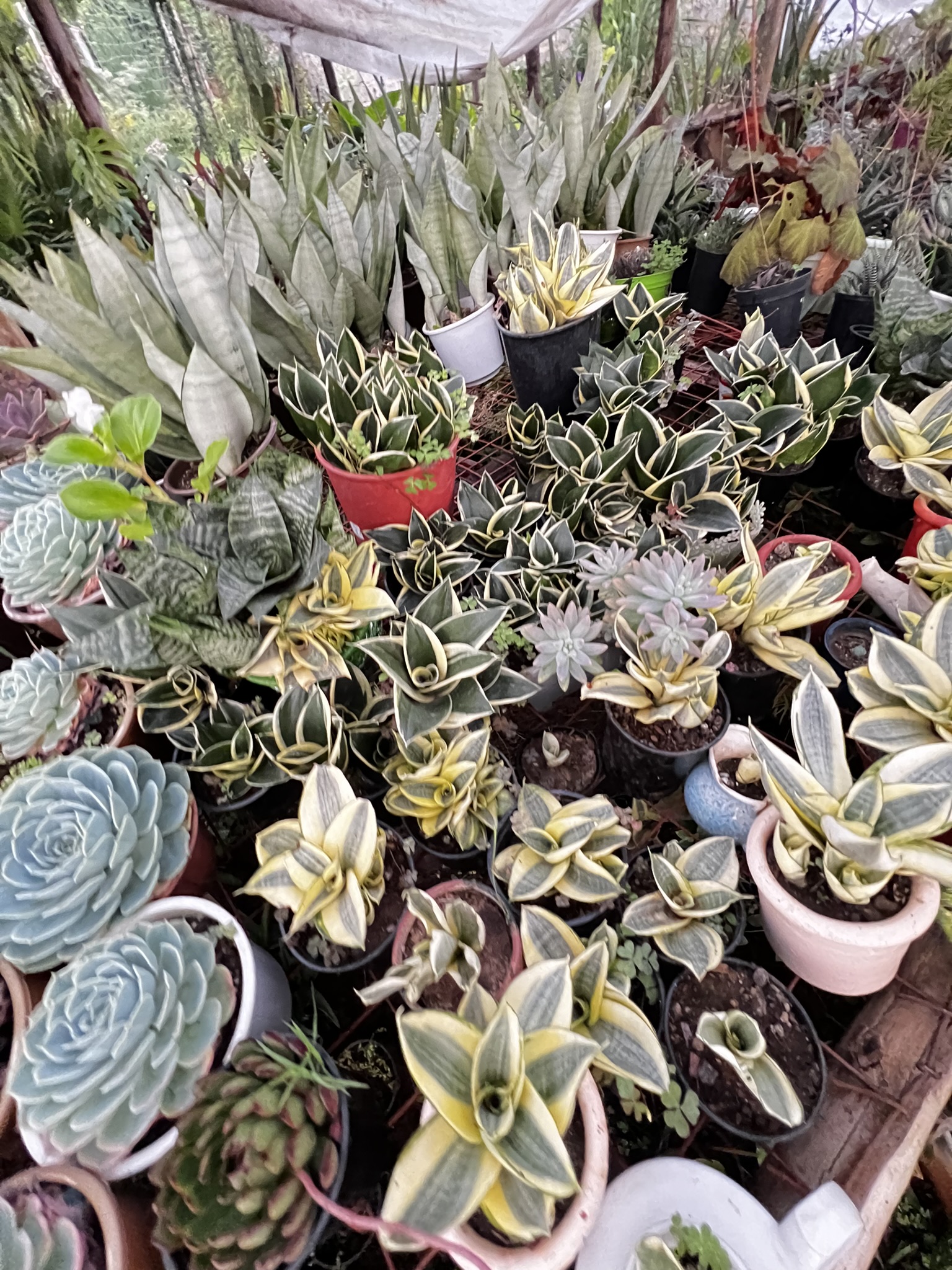Kenya is a country rich in biodiversity, boasting a wide variety of native plants that play a crucial role in the country’s ecosystems and culture. In this blog post, we will explore some of the native plants of Kenya, highlighting their cultural significance and discussing how they can be incorporated into sustainable gardening practices.
By cultivating the native plants of Kenya in our gardens, we can weave a tapestry of biodiversity, cultural heritage, and sustainable beauty that harmonizes with the rhythms of nature.
Baobab Tree (Adansonia digitata)
The iconic Baobab tree, known locally as the “Tree of Life,” is one of the most recognizable symbols of Africa. Native to Kenya and other parts of the continent, the Baobab tree holds cultural significance for many African communities, who use its bark, leaves, and fruit for various purposes. In sustainable gardening, the Baobab tree can be grown for its ornamental value and its ability to thrive in arid landscapes, serving as a drought-resistant and low-maintenance plant.
Flame Lily (Gloriosa superba)
The Flame Lily, also known as the Glory Lily, is a stunning flowering plant native to Kenya with vibrant red and yellow flowers. In traditional Kenyan culture, the Flame Lily is considered a symbol of power and beauty. In sustainable gardening practices, this indigenous plant can be grown for its ornamental value in gardens and landscapes, providing a splash of color and attracting pollinators such as bees and butterflies.
Kenyan Wild Olive (Olea africana)
The Kenyan Wild Olive tree is a drought-resistant and versatile native plant found throughout Kenya’s diverse landscapes. In addition to its ornamental value, the Kenyan Wild Olive tree has cultural significance in many Kenyan communities, with its wood often used for carvings and its fruits eaten by wildlife. By incorporating the Kenyan Wild Olive tree into sustainable gardening practices, individuals can support local biodiversity while adding a touch of Kenya’s natural heritage to their gardens.
Fever Tree (Vachellia xanthophloea)
The Fever Tree, also known as the Yellow-barked Acacia, is a striking tree native to Kenya that is easily recognizable by its yellow-green bark. In Kenyan folklore, the Fever Tree is associated with medicinal properties and is believed to have healing properties. This native tree can be integrated into sustainable gardening by planting it in dry and sandy soils, where it can help stabilize the soil, provide shade, and attract a variety of bird species.
Sustainable Gardening with Native Plants
Incorporating native plants of Kenya into sustainable gardening practices is not only a way to connect with the country’s rich natural heritage but also a way to support local ecosystems and promote biodiversity. Native plants are well-adapted to the local climate and soil conditions, making them resilient and low-maintenance options for gardeners. By cultivating indigenous flora in gardens and landscapes, individuals can create habitats for native wildlife, conserve water, and reduce the use of chemical inputs.
In conclusion, the native plants of Kenya offer a treasure trove of botanical diversity and cultural significance that can be appreciated and preserved through sustainable gardening practices. By learning about and cultivating indigenous flora, individuals can contribute to the conservation of Kenya’s natural heritage while creating beautiful and thriving gardens that reflect the country’s unique ide
















